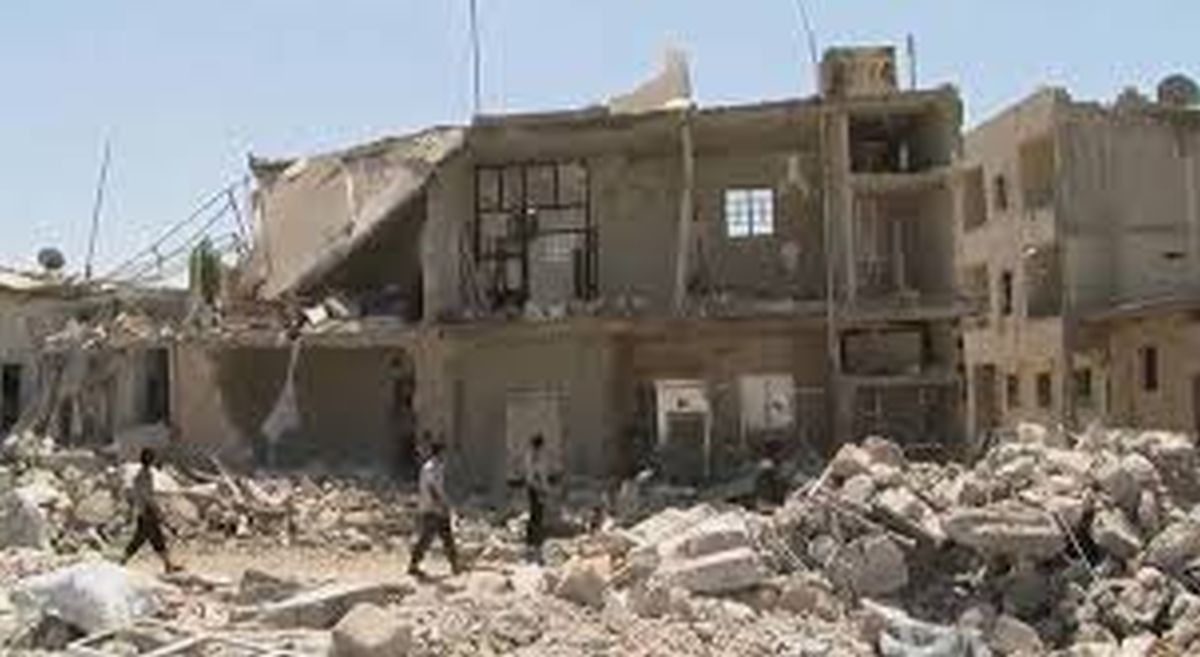It took the Romans hundreds of years to give us the number of ruins and abandoned sites for which they are celebrated.
 Damascus, May 6 – Researchers of the distant past expressed their thrill today that the Republic of Syria will soon consist of little more than destroyed buildings, abandoned cities, and the evidence of a once-proud civilization, which represent the profession’s bread and butter.
Damascus, May 6 – Researchers of the distant past expressed their thrill today that the Republic of Syria will soon consist of little more than destroyed buildings, abandoned cities, and the evidence of a once-proud civilization, which represent the profession’s bread and butter.
Academics and field personnel specializing in the ancient Middle East confessed excitement at a weekend event for members of the profession to help keep apprised of developments in scholarship and field study in the arena, where they learned that at the current rate of destruction, the Syrian Civil War will reduce 95% of the country to rubble by the year 2030, providing archaeologists with all the ruins they need for the foreseeable future.
The Association of Scientists and Scholars of Archaeology and Debris (ASSAD) convened in the Syrian capital this past Saturday and Sunday for a close-up look at the pace of ruins production in the failed Levantine state, following years of anticipation that the warring factions in the conflict – the Syrian regime, Russia, Iran, Iran-backed Shiite militias such as Hezbollah, the Islamic State, the Nusra Front, the Free Syrian Army, Turkish militants, Kurdish fighters, and others – would yield new stocks of cataclysm-produced materials that the researchers spend their careers examining.
“These are exciting times for archaeology,” gushed Dr. Alois Brünner of the University of Berlin. “There hasn’t been such a massive output of ruins for us to study in years, even decades. The Balkan civil wars that followed the breakup of Yugoslavia and the Lebanese Civil War of the 1970’s ad 80’s were small potatoes compared to this conflict, and I would say you have to go back almost to the Second World War if you want to see anything comparative or bigger. We all know what a boon to the study of history that war became, so we have all the various parties to the Syrian Civil War to thank for our impending good fortune.”
“It took the Romans hundreds of years to give us the number of ruins and abandoned sites for which they are celebrated,” added Qassem Sulemeini, an Iranian researcher who coordinates ruins-production for Tehran across the region. “But it’s been only about seven years since this war broke out, and it already rivals late antiquity Italy for sheer number of destroyed buildings to study. And if you think Pompeii was something, let us show you Aleppo and Homs.”
Speakers at the conference warned that not all developments in Syria have had a positive impact on the field, but that even the clouds have a silver lining. “The Islamic State may have destroyed priceless archaeological treasures when they held Palmyra,” acknowledged Dr. G. Hadijohn of the University of Leeds. “But at least the offensive to reclaim the city from them resulted in large-scale destruction, the remains of which we can pick through for decades to come, in the name of scholarship.”
Please support our work through Patreon.




